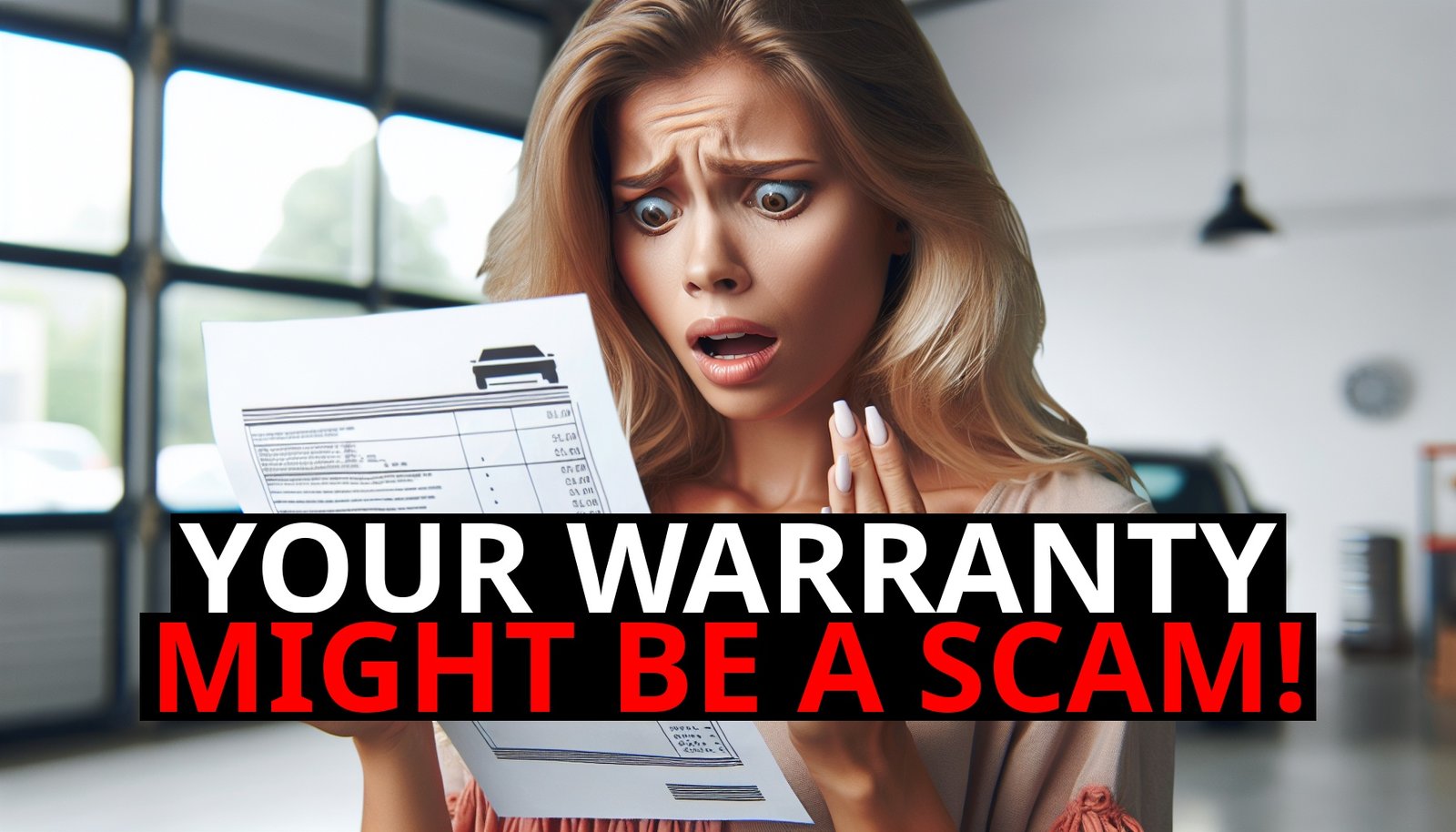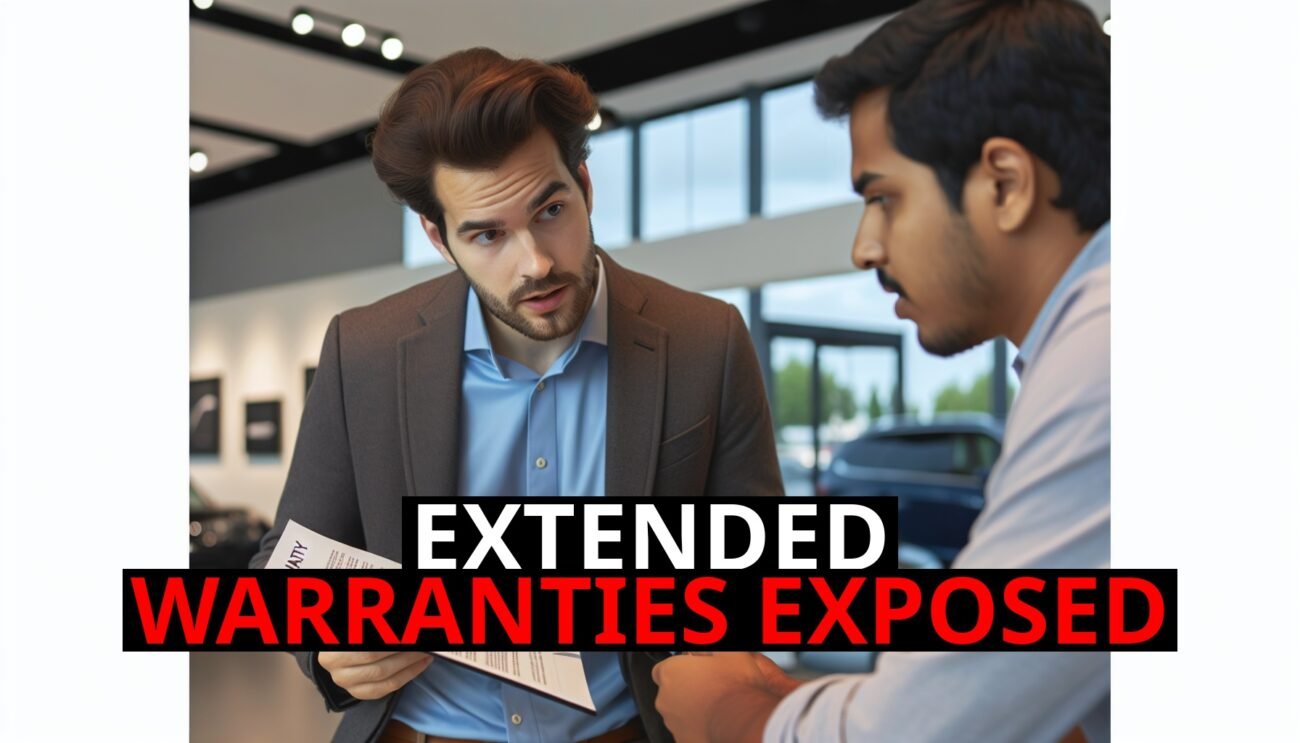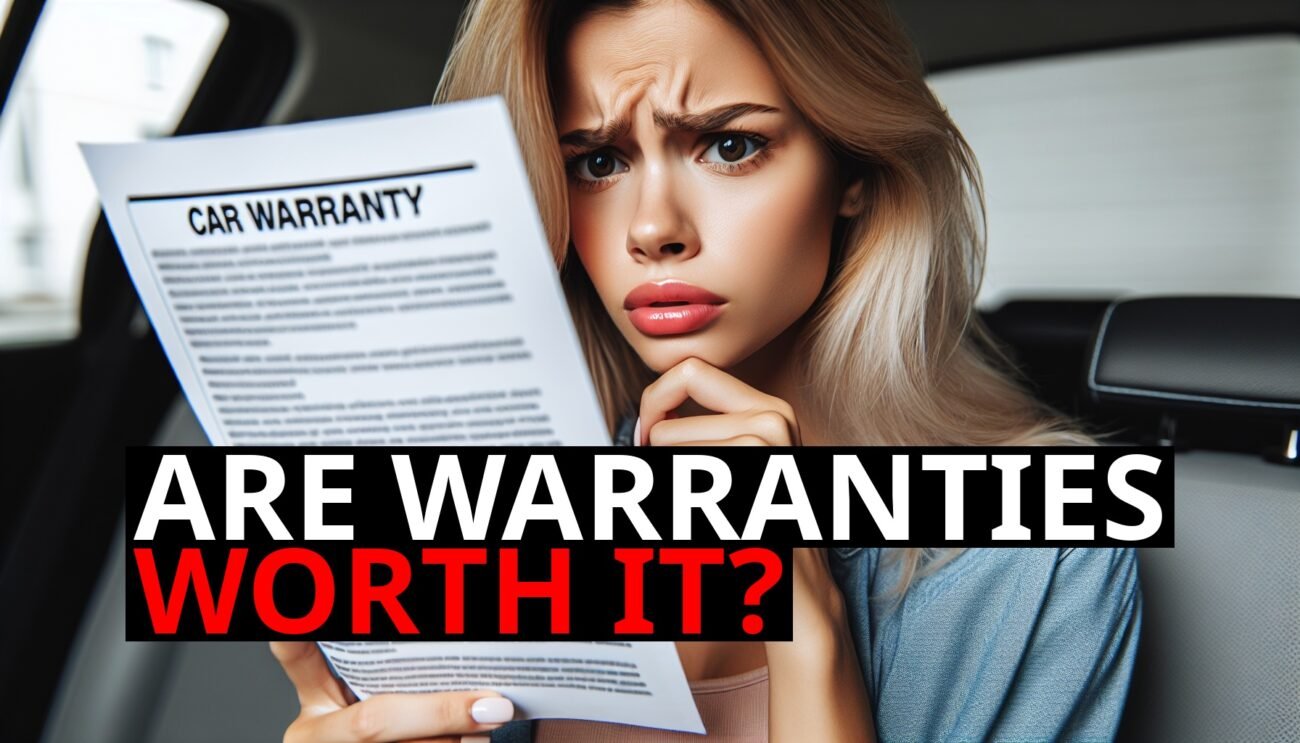Imagine this: You’re standing in a store, holding the latest smartphone, laptop, or shiny kitchen appliance you’ve just decided to purchase. As you’re about to check out, the cashier asks, “Would you like to add an extended warranty for just a small fee?” The idea of extra protection sounds appealing, doesn’t it? But before you hand over your hard-earned cash, let’s break down whether this peace of mind is really worth the price—or if it’s better to keep your wallet closed.
The Allure Of Peace Of Mind: Why We Buy Extended Warranties
There’s no denying it—extended warranties are tempting. The thought of having protection against unexpected repair costs can make you feel more secure, especially when you’ve just invested in an expensive product. Companies know this, which is why they position extended warranties as a safety net, offering you peace of mind for just a little extra.
However, the reality is that most people never use the extended warranties they purchase. Studies show that only about 12% to 20% of consumers who buy an extended warranty actually end up making a claim (Credence”>Source“>Source Research) (BlueWeave”>Source“>Source Consulting). This means that for the vast majority, the money spent on these warranties simply goes to waste.
The Payout Ratios: A Closer Look At The Numbers
Let’s get into the nitty-gritty. The payout ratio of an extended warranty refers to the percentage of money paid out in claims compared to what consumers pay in premiums. On average, these ratios are not in your favor. Extended warranties for electronics, for example, often have payout ratios between 20% and 40% (Credence”>Source“>Source Research). This means that for every dollar you spend on an extended warranty, the warranty company may only pay out 20 to 40 cents in claims. The rest goes to the company’s profit.
So, what does this mean for you? Simply put, you’re likely to get back far less than what you paid in. The chances are high that you’ll never need to use the warranty, and even if you do, the cost of repairs might still be less than what you paid for the warranty in the first place.
The True Cost Of Peace Of Mind
When you buy an extended warranty, you’re essentially paying for peace of mind. But at what cost? Let’s consider an example: You purchase a $1,000 laptop and are offered a $150 extended warranty for two additional years of coverage. Statistically, your laptop is unlikely to need major repairs during that time, and if it does, the repair costs might be comparable to, or even less than, the warranty price.
Moreover, many repairs might already be covered under the manufacturer’s warranty or consumer protection laws, further reducing the need for an extended warranty. In fact, by the time the extended warranty kicks in, you might already be thinking about upgrading to a newer model, making the warranty essentially useless.
Saving For A Rainy Day: A Smarter Alternative
Instead of spending money on extended warranties, consider creating your own “repair fund.” This involves setting aside the money you would have spent on warranties into a savings account. Over time, this fund can grow and be used for any unexpected repairs—not just for one specific item.
For instance, if you’re regularly tempted to buy extended warranties, saving $150 each time can quickly add up. In just a few years, you could have a substantial amount saved, which you can use as needed without the limitations of a warranty’s fine print.
This approach not only gives you financial flexibility but also helps you avoid the common pitfalls of warranty exclusions and denied claims.
The Bottom Line: Peace Of Mind Or Peace Of Wallet?
While the idea of an extended warranty might seem comforting, the numbers often tell a different story. With low payout ratios and high costs, extended warranties are usually more beneficial to the companies selling them than to the consumers buying them.
If you’re looking for true peace of mind, consider saving the money instead. By building your own repair fund, you’ll have the flexibility to cover unexpected costs when they arise—and the peace of mind that comes from knowing your money is still in your pocket, where it belongs.













